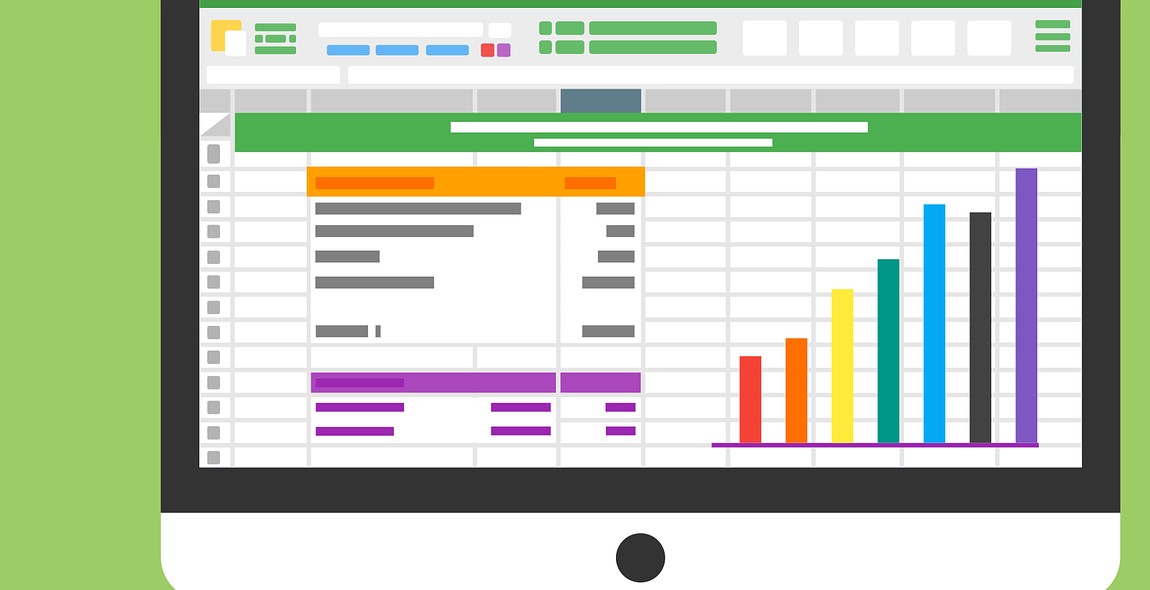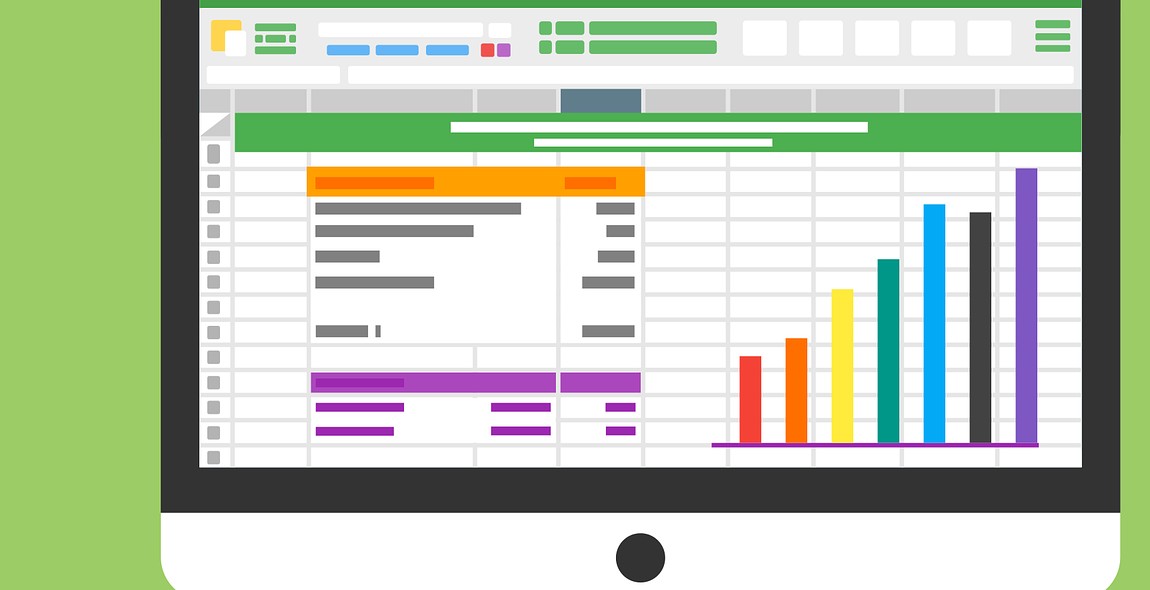How to Self-Publish a Book: Steps to Independently Publish and Market Your Work
Are you tired of trying to get your book published through traditional publishing houses? Do you want more control over the publishing process and your book’s marketing strategy? If so, self-publishing might be the best option for you.
Why Self-Publishing?
Self-publishing allows authors to take control of their work and bring it directly to readers without the need for a middleman. It also gives authors the ability to retain creative control and make decisions about the book’s design, pricing, and marketing strategy.
In the past, self-publishing had a stigma attached to it, but with the rise of digital publishing and print-on-demand technology, self-publishing has become a viable and respected option for authors. In fact, many successful authors such as Hugh Howey, Amanda Hocking, and E.L. James started as self-published authors before getting picked up by traditional publishers.
If you’re considering self-publishing your book, there are a few key steps you’ll need to take to ensure success. This guide will walk you through the process of self-publishing, from manuscript preparation to book marketing and everything in between.

Step 1: Writing and Editing
Creating your manuscript is the first step towards self-publishing your book. Whether you’re writing a novel, a memoir, or a non-fiction book, it’s important to have a clear idea of what you want to say and how you want to say it. Here are some tips to help you create a manuscript that is ready for editing and proofreading:
Creating Your Manuscript
- Start with an outline: Before you start writing, create an outline of your book. This will help you organize your thoughts and ensure that you cover all the important points.
- Set a writing schedule: Set aside time each day to write. Even if it’s just for 30 minutes, consistency is key when it comes to writing.
- Write a rough draft: Don’t worry about making it perfect at this stage. Just focus on getting your ideas down on paper.
- Revise and refine: Once you have a rough draft, go back and revise it. Refine your ideas, tighten up your writing, and make sure everything flows smoothly.
Editing and Proofreading
Once you have a manuscript that you’re happy with, it’s time to edit and proofread. Here are some tips to help you get started:
- Take a break: Put your manuscript aside for a few days before you start editing. This will give you a fresh perspective when you come back to it.
- Read it out loud: Reading your manuscript out loud can help you catch errors and identify areas that need improvement.
- Get feedback: Ask friends, family, or beta readers to read your manuscript and give you feedback. This can help you identify areas that need improvement and give you a different perspective on your work.
- Hire an editor: If you want to ensure that your book is polished and professional, consider hiring an editor. A good editor can help you refine your writing, catch errors, and improve your overall manuscript.
| Tip: | It’s important to remember that writing and editing are two separate processes. Don’t try to edit as you write. Instead, focus on getting your ideas down on paper and worry about editing later. |
|---|

Step 2: Formatting Your Book
Formatting your book is an essential step in self-publishing. It ensures that your book looks professional and is easy to read. Here are three key elements to consider when formatting your book:
Choosing Your Book Size and Layout
The first step in formatting your book is to choose the size and layout. The most common book sizes are 5.5 x 8.5 inches and 6 x 9 inches. The size you choose will depend on the genre of your book and your personal preference.
You should also consider the layout of your book. Will it be in a traditional format with chapters starting on the right-hand side, or will it be a more modern layout with text and images on every page? These decisions will impact the overall look and feel of your book.
Formatting Your Text
When formatting your text, make sure it is easy to read. Use a font that is easy on the eyes, such as Times New Roman or Arial, and use a font size of at least 11 points. Also, make sure that your text is aligned correctly and that there is adequate spacing between lines and paragraphs.
It is also important to pay attention to the margins of your book. Most books have margins of at least 0.5 inches on all sides, but you can adjust this based on your personal preference.
Designing Your Cover
Your book cover is the first thing readers will see, so it is important to make it eye-catching and professional. You can design your own cover using software such as Canva or hire a professional designer to create it for you.
When designing your cover, make sure it accurately represents your book and its genre. Use high-quality images and fonts that are easy to read. Also, make sure that the title and author name are prominent and easy to read.
Once you have formatted your book, it is important to proofread it thoroughly before publishing. You can do this yourself or hire a professional proofreader to ensure that your book is error-free and ready for publication.

Step 3: Publishing Your Book
After writing and editing your book, the next step is to publish it. Self-publishing has become increasingly popular in recent years, and it is now easier than ever to independently publish and distribute your work. In this section, we will discuss the two main steps involved in publishing your book: choosing a self-publishing platform and uploading your book.
Choosing a Self-Publishing Platform
One of the first decisions you will need to make when publishing your book is which self-publishing platform to use. There are several options available, each with its own pros and cons. Some of the most popular self-publishing platforms include:
- Amazon Kindle Direct Publishing (KDP): This is one of the most popular self-publishing platforms and is known for its user-friendly interface and wide distribution network.
- Barnes & Noble Press: This platform is known for its easy-to-use tools and the ability to publish both print and digital books.
- Smashwords: This platform is focused on e-books and offers a wide range of distribution options, including to libraries and online retailers.
It is important to research each platform and determine which one is the best fit for your book and your goals. Consider factors such as distribution, royalties, and pricing when making your decision.
Uploading Your Book
Once you have chosen a self-publishing platform, the next step is to upload your book. This typically involves creating an account on the platform, formatting your manuscript according to their guidelines, and uploading it to the site.
Some tips for uploading your book include:
- Read and follow the platform’s formatting guidelines carefully to ensure your book looks professional and is easy to read.
- Choose a high-quality cover image that accurately represents your book and will catch readers’ attention.
- Write an engaging book description that will entice readers to learn more and purchase your book.
- Set a competitive price for your book based on similar titles in your genre.
Once your book is uploaded and available for purchase, it is important to market it effectively to reach your target audience. This can include tactics such as social media promotion, book reviews, and advertising. With the right approach, self-publishing can be a rewarding and profitable way to share your work with the world.

Step 4: Marketing Your Book
Once your book is published, it’s time to start marketing it. Marketing is a crucial part of self-publishing, as it helps you get your book in front of potential readers and build your audience. Here are some effective marketing strategies to consider:
Creating Your Author Platform
One of the first things you should do after publishing your book is to create your author platform. This includes setting up a website, social media profiles, and email list. Your website should have a landing page for your book where readers can learn more about it and purchase it. Your social media profiles should be active and engaging, with regular updates and interactions with your followers. Your email list is a valuable tool for promoting your book and keeping your readers updated on your writing.
Book Promotion and Advertising
There are many ways to promote your book, both online and offline. Online promotion can include guest blogging, social media ads, book review blogs, and book giveaways. Offline promotion can include book signings, speaking engagements, and local press coverage. Advertising can be effective, but it can also be expensive. Consider your budget carefully and target your advertising to reach your ideal readers.
Building Your Audience
Building your audience takes time and effort, but it’s essential for long-term success as an author. Engage with your readers through social media, email, and your website. Offer exclusive content, such as bonus chapters or behind-the-scenes glimpses into your writing process. Encourage your readers to leave reviews on your book’s sales page and to recommend your book to others.
| Marketing Strategy | Pros | Cons |
|---|---|---|
| Social Media Ads | Targeted reach, affordable | Can be ineffective if not targeted correctly |
| Book Signings | Opportunity to connect with readers, build buzz | Can be time-consuming and expensive |
| Email List | Direct communication with readers, easy to manage | Requires ongoing effort to build and maintain |
Remember, marketing is an ongoing process. Keep promoting your book and building your audience even after its initial release. With time and effort, you can build a loyal readership and achieve success as a self-published author.
Conclusion
Self-publishing a book can be a daunting task, but with the right approach, it can be a rewarding experience. The key is to take it one step at a time and be willing to put in the work. By following the steps outlined in this article, you can independently publish and market your work with confidence.
Remember These Key Points:
- Take the time to research and understand the self-publishing process.
- Invest in professional editing, formatting, and cover design to ensure a quality product.
- Choose the right self-publishing platform for your needs.
- Develop a marketing plan and utilize social media and other channels to promote your book.
- Be patient and persistent, as building a following and generating sales takes time.
My Personal Experience
As a professional writer and content creator, I have self-published several books over the years. While the process can be challenging, it has been a rewarding experience to have complete control over the publishing and marketing of my work. By following the steps outlined in this article, I have been able to successfully promote my books through social media, book signings, and other channels.
| Step | Key Takeaway |
|---|---|
| Research | Take the time to understand the self-publishing process. |
| Invest in Quality | Professional editing, formatting, and cover design are essential for a quality product. |
| Choose the Right Platform | Consider your needs and choose the self-publishing platform that best fits them. |
| Develop a Marketing Plan | Utilize social media and other channels to promote your book. |
| Be Patient and Persistent | Building a following and generating sales takes time and effort. |
Remember, self-publishing is a journey, and it’s up to you to make the most of it. With the right approach and mindset, you can achieve your goals and share your message with the world.
